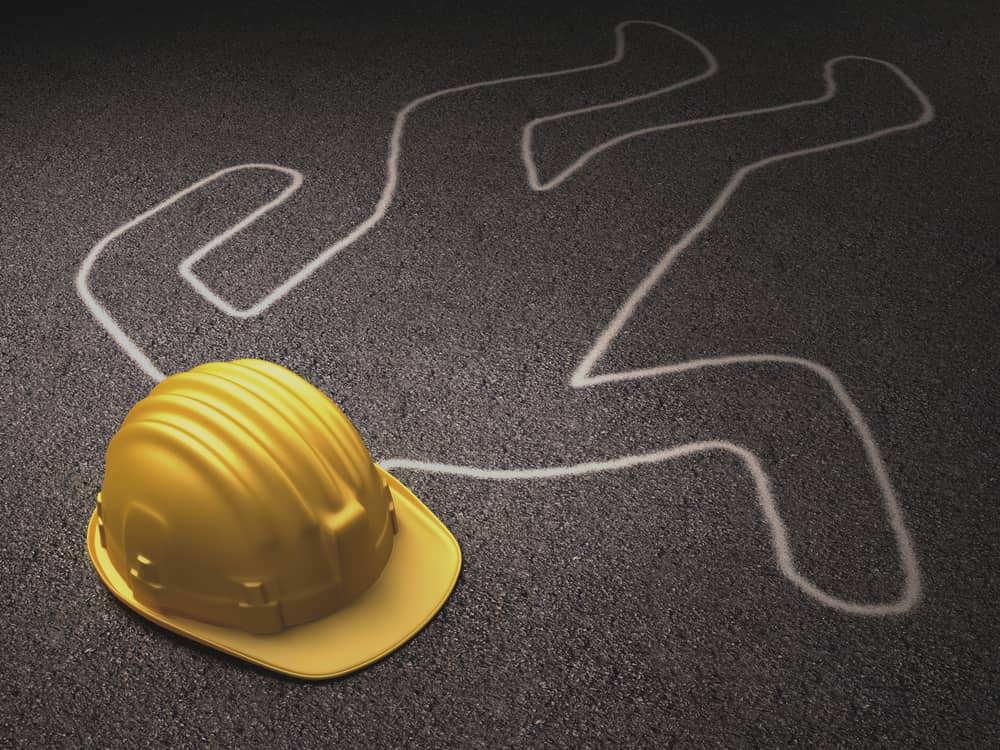Hazard Reporting in the Workplace

Hazard reporting is one of the main key’s to keeping a safe business. A hazard is anything with the potential to cause harm. Most times we are afraid to report safety concerns or issues in the workplace because we do not want to be seen as “busybodies”. We do not want to put others in trouble or we convince ourselves that it’s not our business. It is your business actually. Would you rather report a wrong action that could lead to an accident or allow the accident happen and let people get hurt? Reporting hazards could save your life. Who knows, you might be the victim of an unreported hazard. The effects of these hazards could either be immediate or occur over time. The employer/entrepreneur has a legal obligation to keep the workplace safe. However, as an employee, you are directly involved in the work process. You see the loose ends the boss may not see. Therefore, it is your duty to report shortcomings in the system. Some of us wrongly assume the employer knows about the situation already. Sadly, they do not always know and things could go wrong. There are four categories of hazards which can be found in the workplace, depending on the nature of the business: Physical hazards These are usually more common; faulty equipment, trailing cables, using wrong equipment for tasks, exposed moving parts of machine, spills and uneven floors. Biological hazards These could be from working with body fluid from humans or animals, bacteria and viruses. Chemical hazards This is exposure to various chemicals in a liquid, solid or gaseous state like gasoline, cleaning products or fumes. Ergonomic hazards These type of hazards occur in workplace conditions; poor lighting, poorly arranged workstations, bad lifting posture, wrong office furniture or repetitive tasks. We do not have to wait for accidents to happen before reporting. We should report unsafe acts and tasks or faulty equipment, because these are the components of future accidents. When we report hazards in the workplace, it help’s by: Creating an awareness of the situation Leading to solution creation Increasing staff involvement, as they also make suggestions to keep the work process safe Improving workplace safety Image credit: www.giphy.com www.google.com/images Do you have an efficient hazard reporting process in you workplace ? Let us know more about you and your story here.
Tips to prevent workplace accidents

According to Lindsey Friedman, about 3 million workers a year in the US private sector are injured. The rate of injuries and illnesses are highest among small and medium-sized companies. Now, that is the US, imagine the current statistics in Africa. As some Nigerians may say, “It’s not my portion”, “God forbid”, “I’ve never had an accident before”, but precaution is better than cure. Accidents and other such incidents in the workplace are one of the ways businesses lose money and for an entrepreneur working on limited funds, this is not the way to go. It’s never too late to build a safety culture. It is important to invest in accident prevention because trust me, without adequate control measures in place, accidents will definitely cost you. Don’t worry though, here are some tips to help: Formal safety policy and procedures You need a defined Health and Safety policy, work procedures and actions to take in emergency situations. Determine upfront that you want a safe business and work towards it. Avoid shortcuts in work activities We understand you have deadlines to meet but hey, we would like to see you arrive at the end in one piece. Remember, you need to be alive and in good health to bring in the money. Hazard identification Hazard is anything with the potential to cause harm. You need to study your operations and identify likely hazards. This is a major step because identification makes you come up with ways to limit the effects of hazards on your business. Communication Free flow of effective communication between employers and employees keeps a workplace safe. Employers need to communicate safety procedures to their employees verbally and using appropriate signs. Employees on the other hand should report safety concerns because they are directly involved in the work process and experience things first hand. Provision of appropriate equipment When buying equipment for your operation, always buy the right one. Research to know what is best for your business. Remember, whatever is worth doing is worth doing well. Improvising has caused many workplace accidents. For example, if employees have to climb to reach material, please provide appropriate ladder so they do not have to use a stool. Provide Personal Protective Equipment (PPE) Depending on the hazard faced with each task your employees will have to do, provide relevant PPE. Protective equipment include gloves, coveralls, safety shoes, hard hats, safety goggles, ear plugs etc. Good housekeeping This simply means a clean and orderly workplace where certain things are avoided. Unmopped spills, disorganised work spaces, loss of concentration, not putting away used items have led to workplace injuries. Therefore, cleanliness and orderliness in the workplace is very important. Training New employees need to be trained in work processes as research has shown that they are more likely to be involved in workplace accidents. Also, when new equipment or work processes are introduced, staff should be trained. Yes, we know you’re still working with those limited funds but the costs of accidents are even more. Be on the look out for cost effective training. Regular inspection Work processes and equipment must be inspected from time to time. Inspections reveal pitfalls in the system and give you the opportunity to tackle them before problems arise. Vehicle maintenance All vehicles used for business must undergo routine maintenance. Don’t say, “Oh, it’s still alright”, “Everything is still functioning well”. Regular maintenance ensures that you are safe every single time you get into a vehicle. We would absolutely love you to achieve your success story without any broken limbs. Tell us tips you use to prevent accidents in your workplace.
